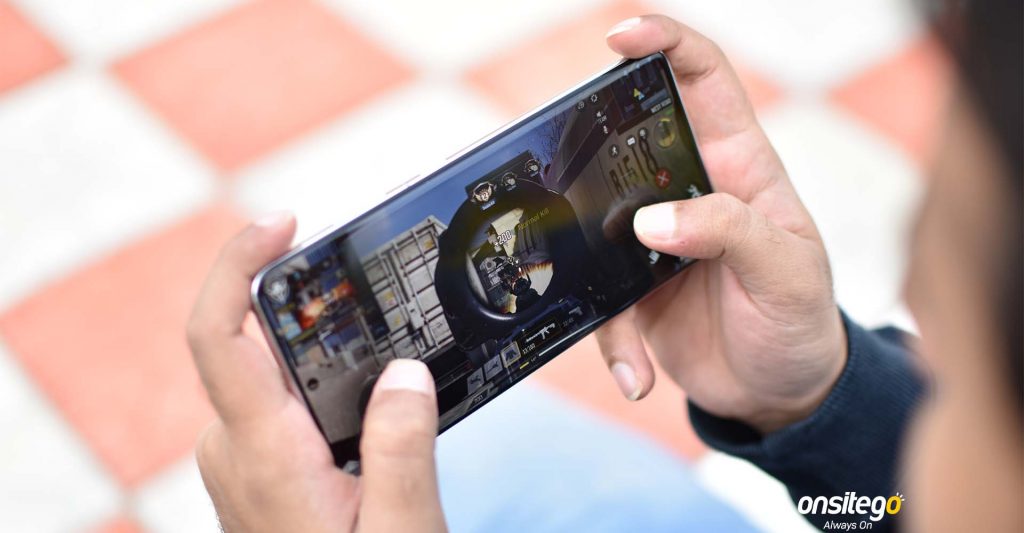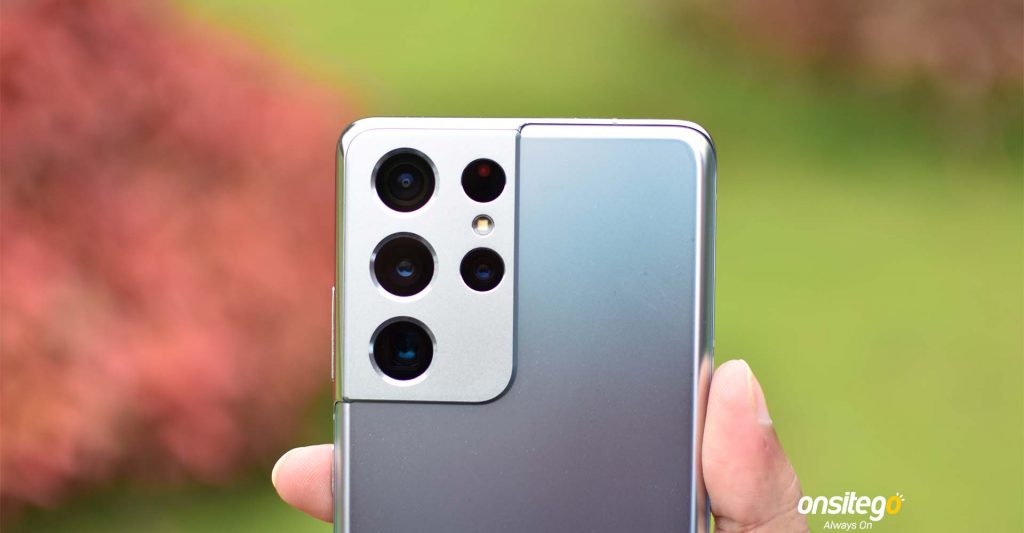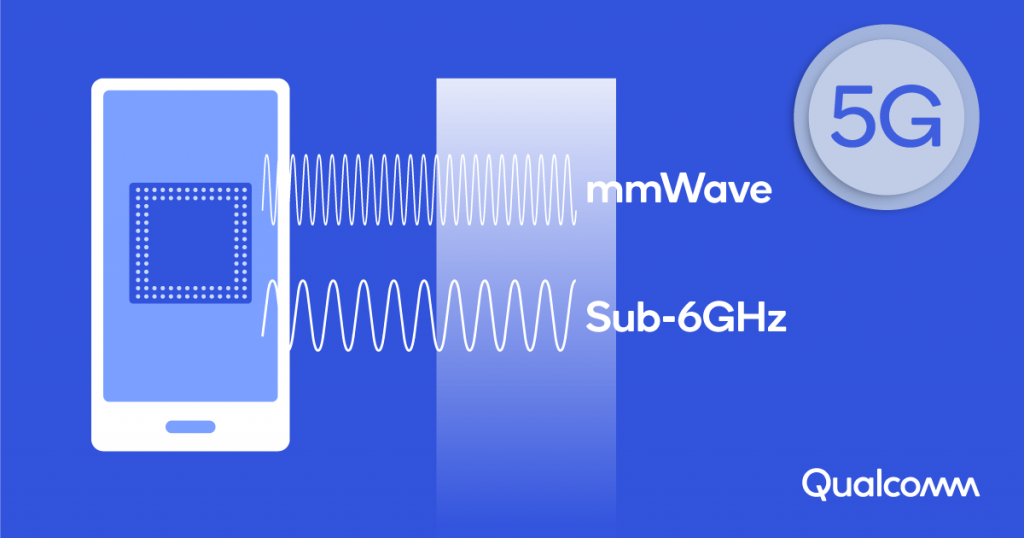Last Updated on May 31, 2022 by saba
Now that MediaTek, Qualcomm, and Samsung have unveiled their flagship smartphone processors for 2022, we have a fair idea of what to expect from these chipsets. Qualcomm and Samsung were considered the top dogs in the market, but this year could be different. MediaTek claims that it has the best high-end chipset this year, and that could turn out to be true since it is using the same CPU architecture and a better fabrication process.
Let us have a look at the comparison of their specifications and try to find out which chipset has the chance to beat its rivals.
Snapdragon 8 Gen 1 vs MediaTek 9000 vs Exynos 2200
| Qualcomm Snapdragon 8 Gen 1 | MediaTek Dimensity 9000 | Samsung Exynos 2200 | |
|---|---|---|---|
| Fabrication Process | 4nm (Samsung Foundry) | 4nm (TSMC) | 4nm (Samsung Foundry) |
| CPU | Octa-Core 1x Cortex-X2 @ 3GHz 3x Cortex-A710 @ 2.5GHz 4x Cortex-A510 @ 1.8GHz | Octa-Core 1x Cortex-X2 @ 3.05GHz 3x Cortex-A710 @ 2.85GHz 4x Cortex-A510 @ 1.8GHz | Octa-Core 1x Cortex-X2 3x Cortex-A710 4x Cortex-A510 |
| GPU | Adreno GPU | ARM Mali-G710 MC10 | Xclipse 920 (Based On AMD RDNA 2) |
| RAM | LPDDR5X Quad-Channel | LPDDR5X Quad-Channel | LPDDR5X Quad-Channel |
| Display | QHD+ @ 144Hz 4K @ 60Hz | QHD+ @ 144Hz Full HD+ @ 180Hz | QHD+ @ 144Hz 4K @ 120Hz |
| Video Decoding | 8K 60FPS H.264, H.265, VP9 | 8K 60FPS AV1, H.264, H.265, VP9 | 8K 60FPS AV1, H.264, H.265, VP9 |
| Camera | 200MP Single 64MP+36MP Dual 36MP+36MP+36MP Triple 8K 30FPS HDR, 4K 120FPS Recording | 320MP Single 32MP+32MP+32MP Triple 8K 24FPS, 4K 60FPS HDR Recording | 200MP Single 64MP+36MP Dual 8K 30FPS, 4K 120FPS, 4K 60FPS HDR Recording |
| AI (Artificial Intelligence) | Hexa-Core | Hexa-Core APU 590 | Dual-Core NPU + DSP |
| Cellular | 5G (sub-6GHz, mmWave) AI-Enhanced Signal Boost | 5G (sub-6GHz, mmWave) | 5G (sub-6GHz, mmWave) |
| Global Positioning | BeiDou, Galileo, GLONASS, NavIC, GPS, QZSS | BeiDou, Galileo, GLONASS, GPS, QZSS | BeiDou, Galileo, GLONASS, GPS, QZSS |
| Wi-Fi | Wi-Fi 6E 4×4 MIMO | Wi-Fi 6E 4×4 MIMO | Wi-Fi 6E 4×4 MIMO |
| Bluetooth | Bluetooth 5.2 | Bluetooth 5.2 | Bluetooth 5.2 |
| NFC | Yes | Yes | Yes |
The Qualcomm Snapdragon 8 Gen 1, MediaTek Dimensity 9000, and Samsung Exynos 2200 will be used in high-end smartphones, and they have a lot in common. All three are made using a 4nm fabrication process. However, the Dimensity 9000 uses TSMC’s (Taiwan Semiconductor Manufacturing Company) 4nm node, which is considered to be better than Samsung Foundry’s 4nm process that is used to make the Snapdragon 8 Gen 1 and the Exynos 2200.
All three chips use ARM’s v9 CPU cores: Cortex-X2, Cortex-A710, and Cortex-A510 cores. The CPU cluster configuration is also the same: 1x Cortex-X2 + 3x Cortex-A710 + 4x Cortex-A510. However, the core clock speeds on the Snapdragon 8 Gen 1 and Dimensity 9000 differ. Samsung is tight-lipped about the CPU clock speeds of the Exynos 2200.
The new processors use completely different GPUs. The Snapdragon 8 Gen 1 uses Qualcomm’s self-designed Adreno GPU, the Dimensity 9000 uses the ARM Mali-G710 MC10, and the Exynos 2200 uses the Xclipse 920 GPU that is based on AMD’s RDNA 2 architecture. The RDNA 2 is used in the latest flagship gaming consoles (Microsoft Xbox Series X and Sony PlayStation 5)
Also read: List Of All MediaTek Dimensity 9000 Smartphones
CPU Performance

The Snapdragon 8 Gen 1 has one Cortex-X2 CPU core clocked at 3GHz, three Cortex-A710 cores clocked at 2.5GHz, and four Cortex-A510 cores clocked at 1.8GHz. In comparison, the Dimensity 9000 uses one Cortex-X2 core running at 3.05GHz, three Cortex-A710 cores clocked at 2.85GHz, and four Cortex-A510 cores clocked at 1.8GHz.
The Snapdragon 8 Gen 1 is touted to offer 20% faster CPU processing and 30% higher power efficiency than the Snapdragon 888, owing to the new generation CPU cores. It has 6MB of shared L3 cache and 4 MB of SLC (System-Level Cache).
The Snapdragon 8 Gen 1 smartphones are already out there for purchase, and users have reported close to 10,00,000 points after running the AnTuTu benchmark. However, the device gets hot and the scores drop to around 8,00,000 points after multiple benchmark attempts. That’s a 20% drop in performance under sustained workloads.

MediaTek claims that the Cortex-X2 core gets a 35% speed boost and a 37% improved efficiency over its previous-generation flagship chipset. The Dimensity 9000 has 8MB of L3 cache and 6MB of SLC. Hence, it would be fair to assume that the Dimensity 9000 could be a bit faster than the Snapdragon 8 Gen 1.
A mysterious Vivo smartphone was spotted using the Dimensity 9000 processor, scoring a whopping 10,02,220 points on the AnTuTu benchmark. Real-world performance can only be known when new smartphones powered by this processor are out in the market.

Samsung has kept mum about the CPU clock speeds and cache sizes on its newest flagship process. So, we can’t comment on how it stands against the two here. However, we have benchmarks of all three here for reference.
It was reported that the Galaxy S22 Ultra with the Exynos 2200 has managed to score 9,65,874 points in the AnTuTu benchmark. It was also spotted on Geekbench, where it managed to score 1,108 points in the single-core test and 3,516 points in the multi-core test.
All three processors in question are fairly close to each other as far as synthetic benchmarks are concerned. The current AnTuTu topper, the Nubia Red Magic 6, has 8,58,734 points, and new smartphones powered by these new generation processors could very well take its crown away.
GPU Performance

Qualcomm has decided to name the GPU just Adreno for the Snapdragon 8 Gen 1. It is claimed to offer a whopping 30% increase in performance when compared to the Snapdragon 888’s Adreno 660 GPU. The GPU supports high-refresh-rate displays, HDR gaming, volumetric rendering, and VRS (Variable Rate Shading).
The Dimensity 9000 employs a 10-core ARM Mali-G710 GPU. MediaTek claims to offer a 35% performance boost and 60% more power efficiency than the Snapdragon 888’s Adreno 660 GPU. During the launch, MediaTek claimed that the Dimensity 9000 performs slightly better than Apple’s A15 Bionic chipset in terms of gaming.
The Exynos 2200’s Xclipse 920 GPU is based on AMD’s RDNA2 architecture. Samsung is bullish about its GPU performance and says it will bring console-like graphics on smartphones. Samsung says the Xclipse 920 GPU supports advanced features like hardware-accelerated ray-tracing (RT) and VRS (Variable Rate Shading) which are usually only seen on console and PC-grade GPUs.
Ishan Agarwal’s report suggests the Xclipse 920 GPU managed to run the GFXbench Aztec Ruins (Normal) graphics benchmark test at 109FPS. The Snapdragon 8 Gen 1’s Adreno GPU scored around 139FPS in the same test, according to a report. The iPhone 13 Pro Max leads here with around 148FPS in the GFXbench Aztec Ruins (Normal) test.
Image & Video Processing

The Snapdragon 8 Gen 1 chipset focuses heavily on image and video processing to enhance the camera performance on smartphones. Its 18-bit Spectra Triple-ISP captures 4000x more camera data than the 14-bit ISP used in the Snapdragon 888. The three independent ISP cores allow it to simultaneously operate three 36MP cameras at 30FPS. The ISP also offers video recording at 4K 120FPS or 8K HDR 30FPS in various video formats such as Dolby Vision, HDR10, HDR10+, and HLG.
Qualcomm’s new chip supports Multi-Frame Noise Reduction, Locally Motion Compensated Temporal Filtering, and improved low-light photography. Apart from supporting 4K 60Hz or QHD+ 144Hz displays, the Snapdragon 8 Gen 1 chip also supports up to 4K 60Hz external displays with 10-bit colour depth and HDR10+.
The Dimensity 9000’s triple-ISP can capture 4K HDR video on three cameras simultaneously. It can record videos at 8K resolution at 24FPS. It can handle three 32MP cameras and is the world’s first ISP capable of shooting 320MP still images. It supports displays with up to a 180Hz refresh rate at Full HD+ resolution and a 144Hz refresh rate at QHD+ resolution. The chipset gets a 6-core APU (Accelerated Processing Unit) with four performance and two efficiency cores, promising up to 4x performance over the previous generation MediaTek flagship processor.
The Samsung Exynos 2200’s ISP supports up to 200MP camera sensors. It has the ability to record 8K videos at 30FPS or 4K videos at 120FPS. The chipset supports HDR10 and HDR10+ content playback and recording. It also supports QHD+ 144Hz or 4K 120Hz displays with HDR10+.
AI Processing
Qualcomm’s new flagship processor is equipped with the 7th Gen Qualcomm AI Engine that offers 27 TOPS of performance.
The Dimensity 9000 incorporates a 6-core MediaTek APU 590, which is the company’s fifth-generation AI processing unit and promises enhanced gaming, multimedia, camera, and browsing. It also promises up to 4x more power efficiency.
The Exynos 2200 uses a dual-core NPU for hardware-accelerated AI (Artificial Intelligence) processing, coupled with a DSP (Digital Signal Processing). Samsung states that the NPU’s performance is doubled compared to the Exynos 2100.
Also read: List Of Smartphones With Qualcomm Snapdragon 8 Gen 1 Processor
Connectivity Features

The Snapdragon 8 Gen 1’s X65 5G modem supports sub-6GHz and mmWave 5G networks. It can deliver peak download speeds of 10Gb/s, owing to CA (Carrier Aggregation). The chipset also supports FDD, TDD, Dynamic Spectrum Sharing, 4×4 MIMO, Wi-Fi 6E, Bluetooth 5.2, AI-Enhanced Signal Boost, BeiDou, Galileo, GLONASS, NavIC, GPS, QZSS, NFC, USB 3.1, and USB 3.2 Type-C.
The MediaTek Dimensity 9000 supports mmWave and sub-6GHz 5G connectivity with 7Gb/s download speeds and 2.5Gb/s upload speeds. The chipset supports dual-SIM connectivity, dual-frequency GPS, Wi-Fi 6E, Bluetooth 5.3, NFC, and USB 3.2 Type-C ports.
Samsung’s Exynos 2200 offers 5G connectivity as well, complete with support for both sub-6GHz and mmWave 5G networks. It promises up to 10Gb/s download speeds in the 4G+5G dual-connection mode. In 5G-only mode, it supports up to 7.35Gb/s download speeds on mmWave networks and up to 5.1Gb/s download speeds on sub-6GHz networks. It supports BeiDou, Galileo, GLONASS, GPS, Wi-Fi 6E (MU-MIMO), Wi-Fi Direct, Bluetooth 5.2, NFC, and a USB 3.2 Type-C port.
All three chipsets are extremely well-equipped and can offer satisfying performance in real-life tasks and gaming. However, only side-by-side testing can reveal the real winner. Once smartphones with each of these processors are launched, we will do side-by-side performance testing and reveal our findings.
Going by preliminary results available online, the Dimensity 9000 appears to be a more stable performer. The Snapdragon 8 Gen 1 could have the most powerful graphics performance. The Exynos 2200 could end up being the slowest of the three, but only by a small margin. Nevertheless, it should still offer satisfying performance in day-to-day life.


Discussion about this post